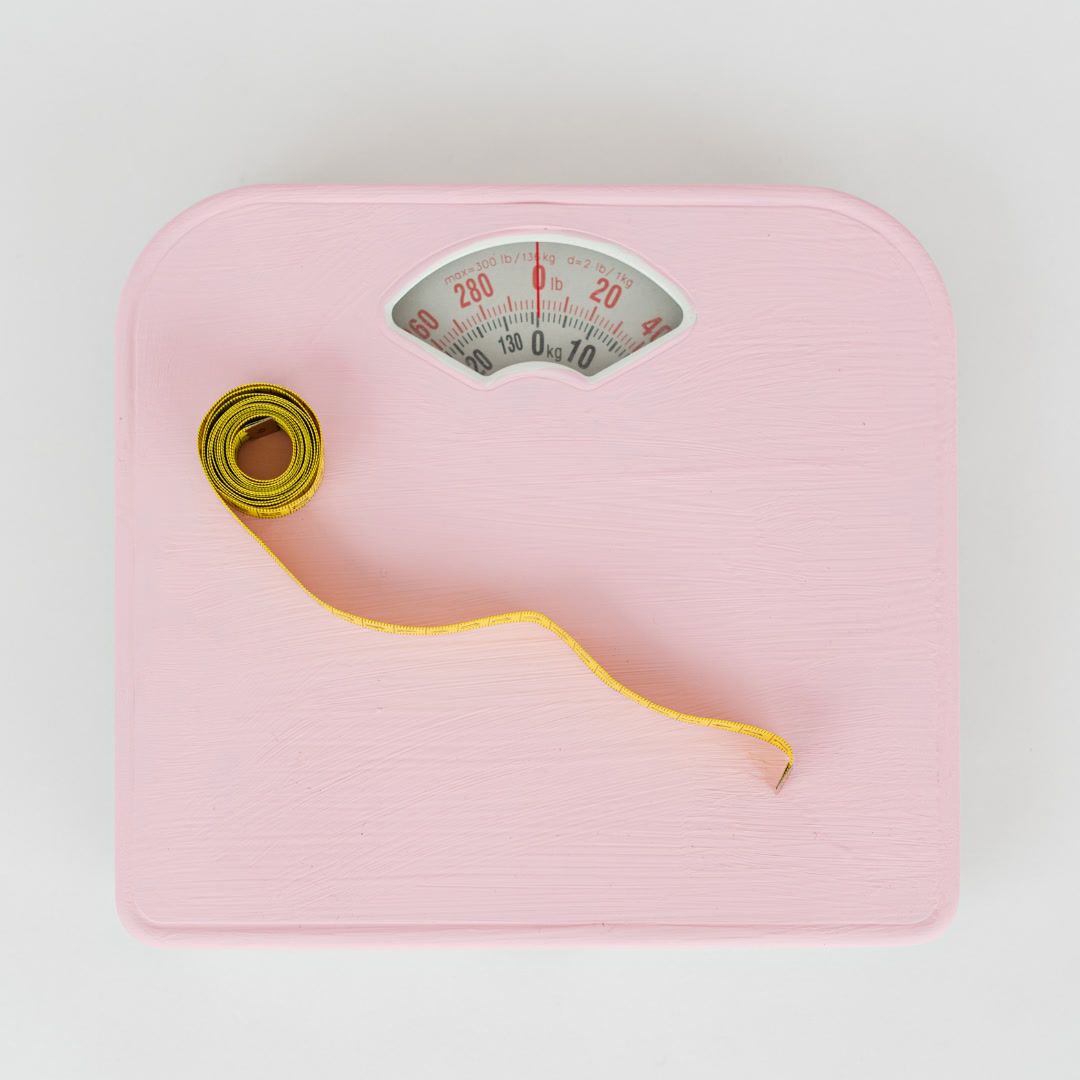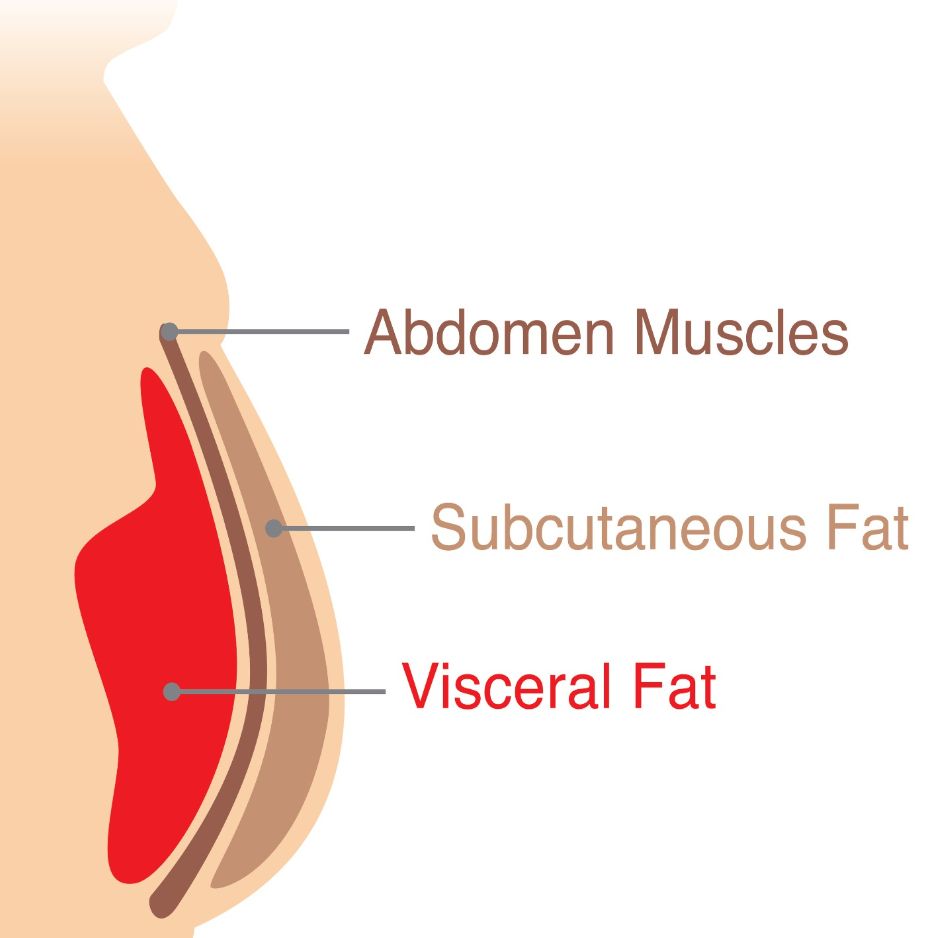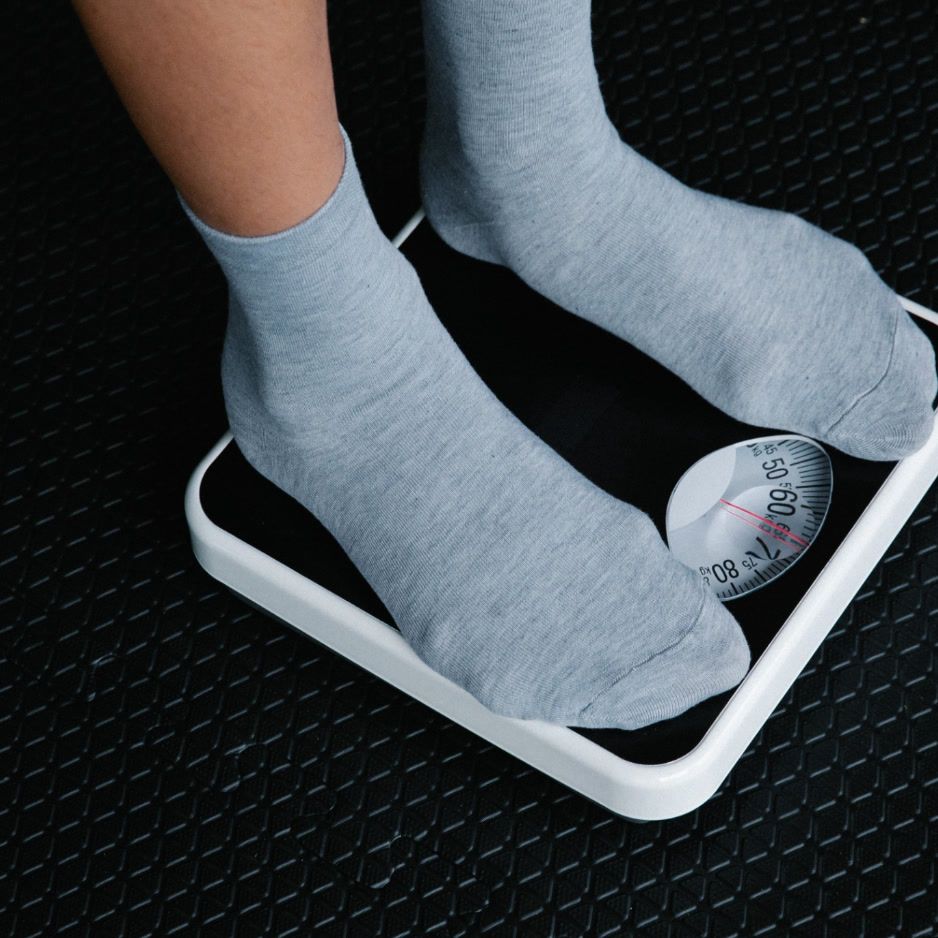Sauna Pod Buyer’s Guide: Costs, Safety & Temperatures
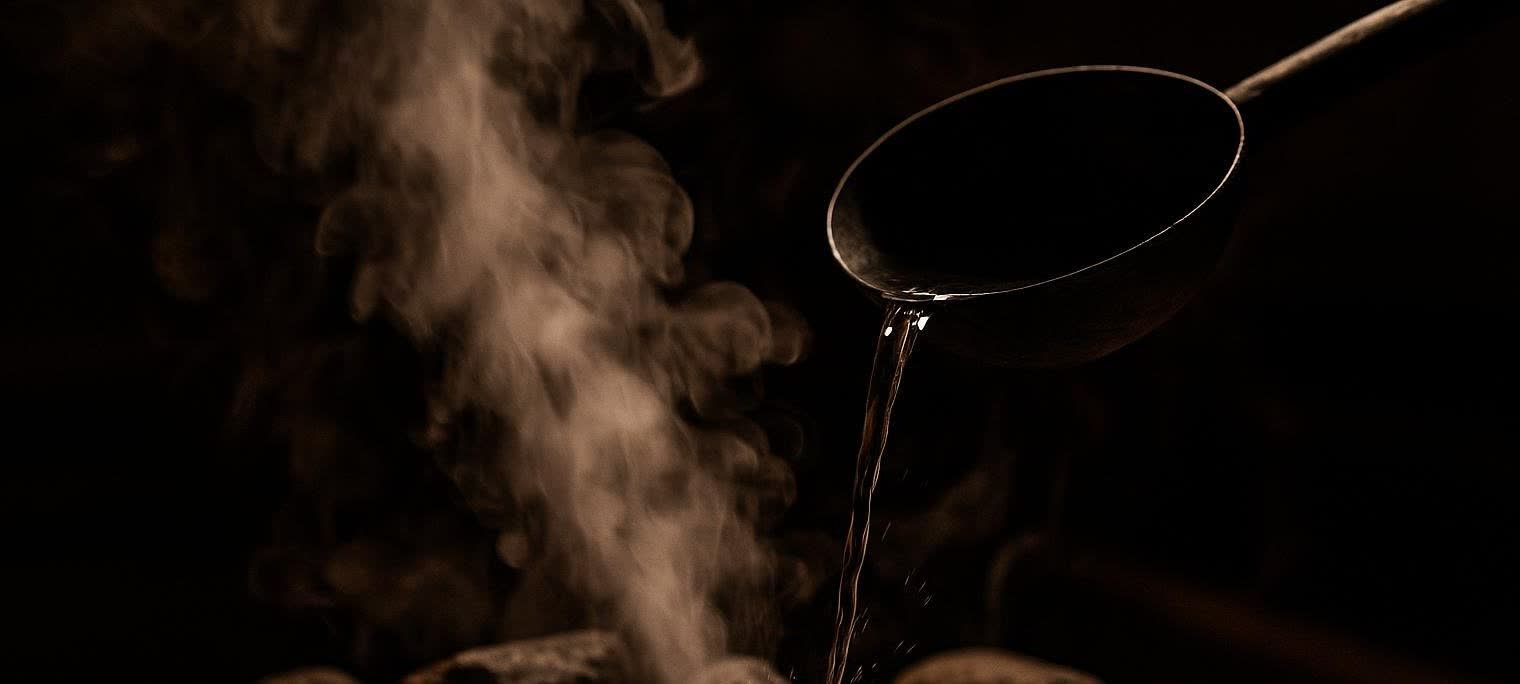
Sauna Pod Buyer’s Guide: Costs, Safety & Temps
Thinking about a sauna pod for your home, studio, or spa? Between hot‑air tents, infrared domes and blankets, steam tents, and wood‑fired setups, the options—and the claims—can be confusing. This guide cuts through the noise so you can choose the right heat type for your space and goals, understand realistic temperatures and running costs, and set up a safe, enjoyable routine backed by credible evidence.
TL;DR
- What is a “sauna pod”? A catch‑all term for portable heat enclosures: dry hot‑air pods/tents, infrared (IR) tents/domes/blankets, steam tents, and wood‑fired tents. They don’t all perform the same.
- Best‑studied health benefits: Evidence is strongest for traditional Finnish‑style sauna bathing—typically 80–100°C (176–212°F). Large cohort data link frequent Finnish sauna use with lower cardiovascular and all‑cause mortality. Importantly, these studies did not test modern portable pods directly (JAMA 2015 cohort; passive heat and healthspan review).
- Typical temperature ranges by type: Traditional/Finnish 80–100°C (176–212°F); North American spa rooms 150–195°F; infrared 110–135°F; steam rooms lower air temp but near‑100% humidity (Cleveland Clinic).
- Electricity cost math: kWh used = (heater watts ÷ 1,000) × hours. Using recent U.S. residential averages around 17–18¢/kWh, you’ll pay about ~$0.13 for a 30‑minute session on a 1,500 W pod (EIA).
- Safety first: Limit sessions to ~15–20 minutes (beginners even less), hydrate before/after, avoid alcohol, and get medical clearance if you’re pregnant, have cardiovascular disease, uncontrolled blood pressure, syncope history, or other conditions (Cleveland Clinic).
Quick buying tip: If you need a portable sauna that heats up fast in a small space, IR tents/blankets run ~110–135°F and fold away; dry hot‑air pods may claim ~180°F but vary a lot in real‑world use; steam tents feel hotter at lower temps due to humidity. Check wattage (900–1,500 W), safety marks (ETL/UL), and warranty before you buy.
What counts as a “sauna pod” (and how they heat you)

- Dry hot‑air pods/tents
- Heat source: electric resistance heater blowing hot air (some market as “authentic Finnish heat,” but no stones/steam).
- Typical claims: up to ~180–185°F in small volumes; real‑world performance depends on insulation, ambient temp, and heat losses. Example vendor claim: a portable pod heating to “185°F” with a 1,500 W heater—verify and note that this is a manufacturer statement, not independent lab data (product page).
- Infrared (IR) tents, domes, and blankets
- Heat source: IR panels or elements warming you directly at lower ambient temps.
- Typical ambient: ~110–135°F (gentler air temperature), still induces sweat and elevated heart rate (Cleveland Clinic).
- Steam tents (portable steam “sauna”)
- Heat source: external steam generator; air temps often lower than dry saunas but humidity approaches 100%. Perceived heat load can be intense because sweat can’t evaporate efficiently.
- Wood‑fired sauna tents (outdoor)
- Heat source: small wood stove; can reach very high air temps if well‑insulated; requires outdoor use, fire safety, and local compliance.
Temperatures you can reasonably expect
- Finnish/traditional reference: 80–100°C (176–212°F) with low humidity; this is the best‑studied format in health research (passive heat and healthspan review).
- Traditional (electric/wood) spa rooms: often 150–195°F in North American facilities (Cleveland Clinic).
- Infrared: ~110–135°F ambient, sometimes marketed up to ~140–150°F; the key is radiant heating of your body, not super‑hot air (Cleveland Clinic).
- Steam: lower air temps but saturated humidity; perceived intensity can feel higher than the number suggests.
Note on marketing claims: Some hot‑air “pods” advertise 180–185°F with 1,500 W heaters, but independent reviewers have questioned authenticity, heat distribution, and “Finnish” positioning when no rocks/steam are used. Evaluate claims carefully and look for third‑party test data when possible (independent analysis).
Health benefits: what is well‑supported vs. what is still emerging
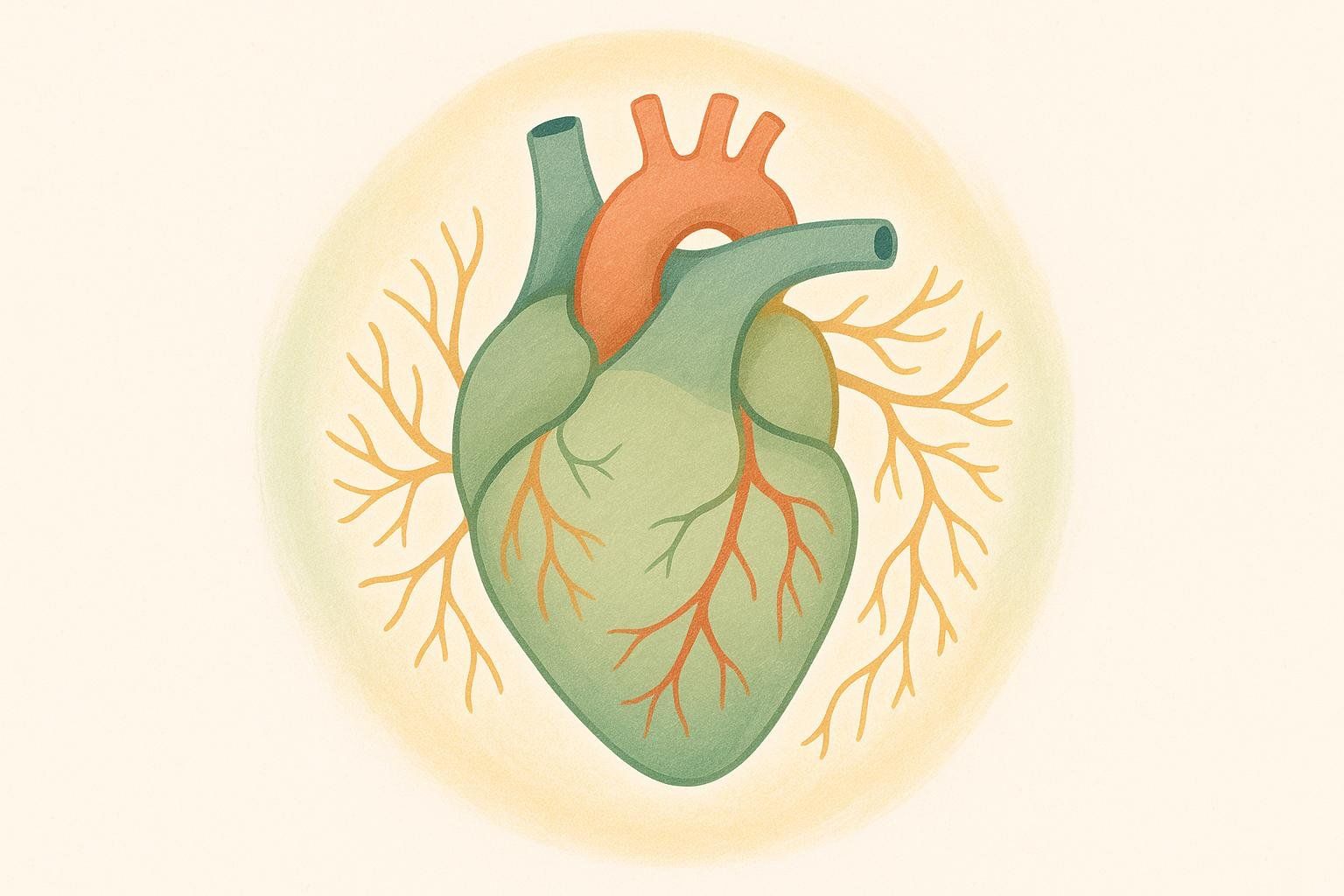
- Strongest evidence: Frequent Finnish sauna bathing (4–7×/week) is associated with lower risks of sudden cardiac death, fatal coronary heart disease, fatal cardiovascular disease, and all‑cause mortality in long‑term cohort data of middle‑aged men (JAMA 2015 cohort study). Proposed mechanisms include blood‑pressure modulation and improved vascular and cardiorespiratory function (healthspan review).
- Infrared and other passive heat modalities: Promising for blood‑pressure reduction and recovery in smaller trials and mechanistic work, but the evidence base is younger and less extensive than traditional Finnish sauna (healthspan review).
- Weight loss: Sauna drives acute water loss; that’s not fat loss. Any meaningful fat reduction comes from overall calorie deficit and training; treat “detox” and rapid weight‑loss claims skeptically (Cleveland Clinic). Learn more in our guide: Sauna for Weight Loss: Science‑Backed Insights.
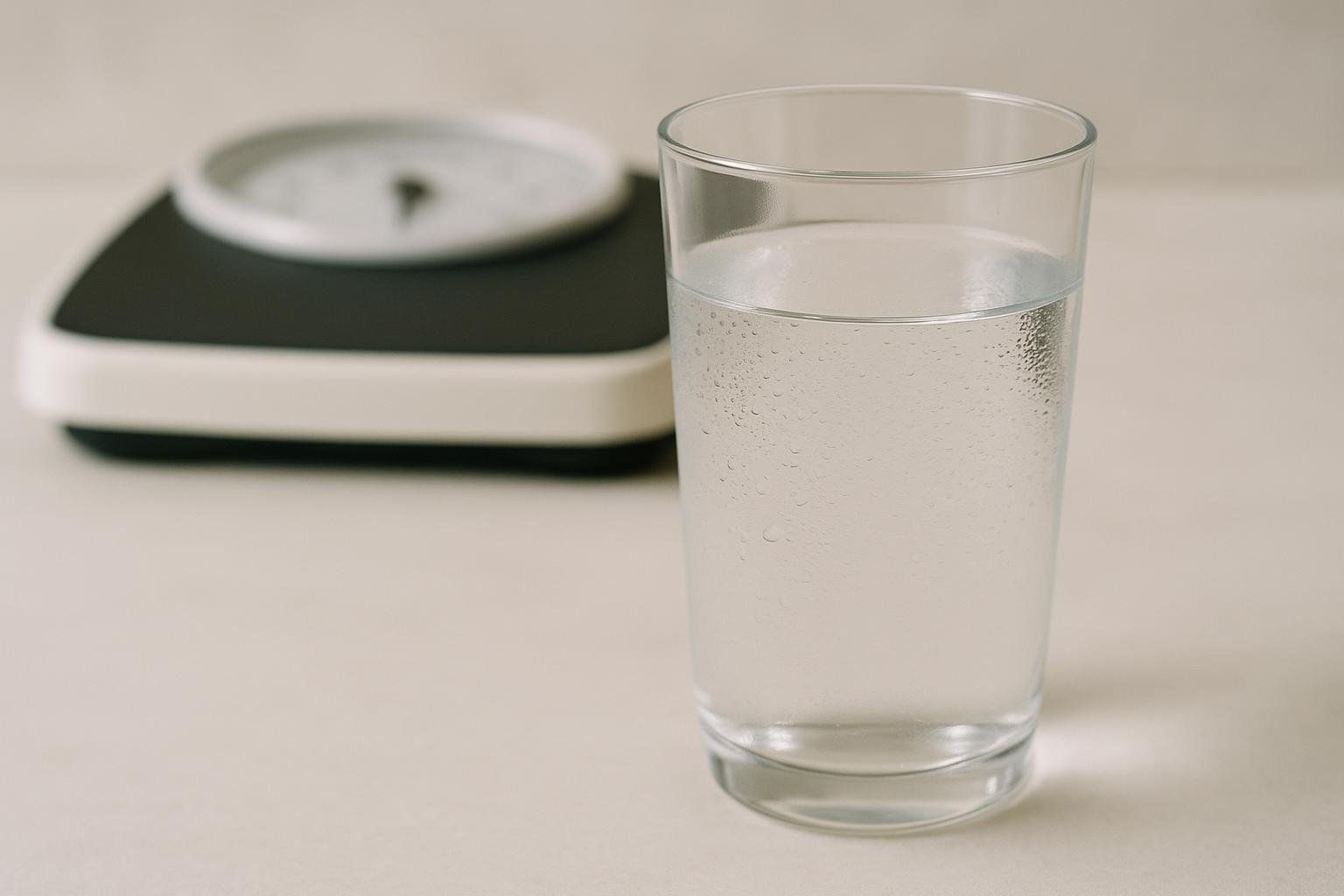
Safety essentials (everyone)
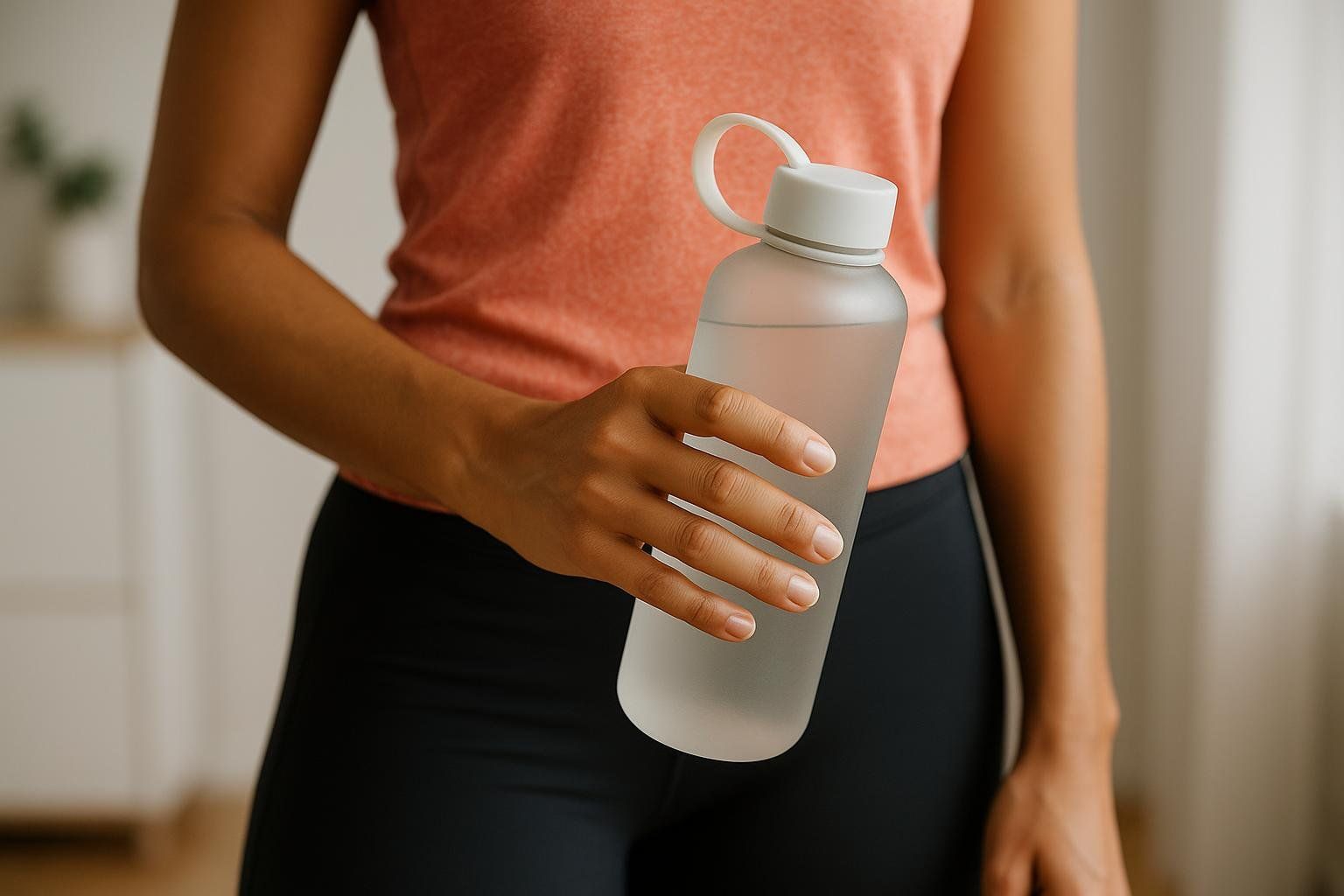
- Time: Start with 5–10 minutes; many guidelines suggest capping sessions at ~15–20 minutes until you know your response (Cleveland Clinic).
- Hydration: Drink water before and after; add electrolytes for longer or hotter sessions. Avoid alcohol.
- Listen to your body: Exit if you feel dizzy, nauseated, weak, or short of breath.
- Medical clearance: If you’re pregnant, under 16 or over 65, or have heart disease, severe aortic stenosis, uncontrolled blood pressure, certain neurologic conditions (e.g., epilepsy), or other concerns, talk to your clinician first (Cleveland Clinic).

Cost of Ownership: Electricity Calculation

- Formula: kWh used = (watts ÷ 1,000) × hours. Cost = kWh × local price.
- Example: A 1,500 W pod for 30 minutes uses 1.5 kW × 0.5 h = 0.75 kWh. At a typical U.S. residential average of roughly $0.17–$0.18 per kWh, that is ≈ $0.13 per session (EIA). Your state may vary.
- Specs to check: IR blankets/tents often list 900–1,500 W; steam generators and hot‑air pods commonly list ~1,000–1,500 W. Always check the spec plate.
Buying Checklist
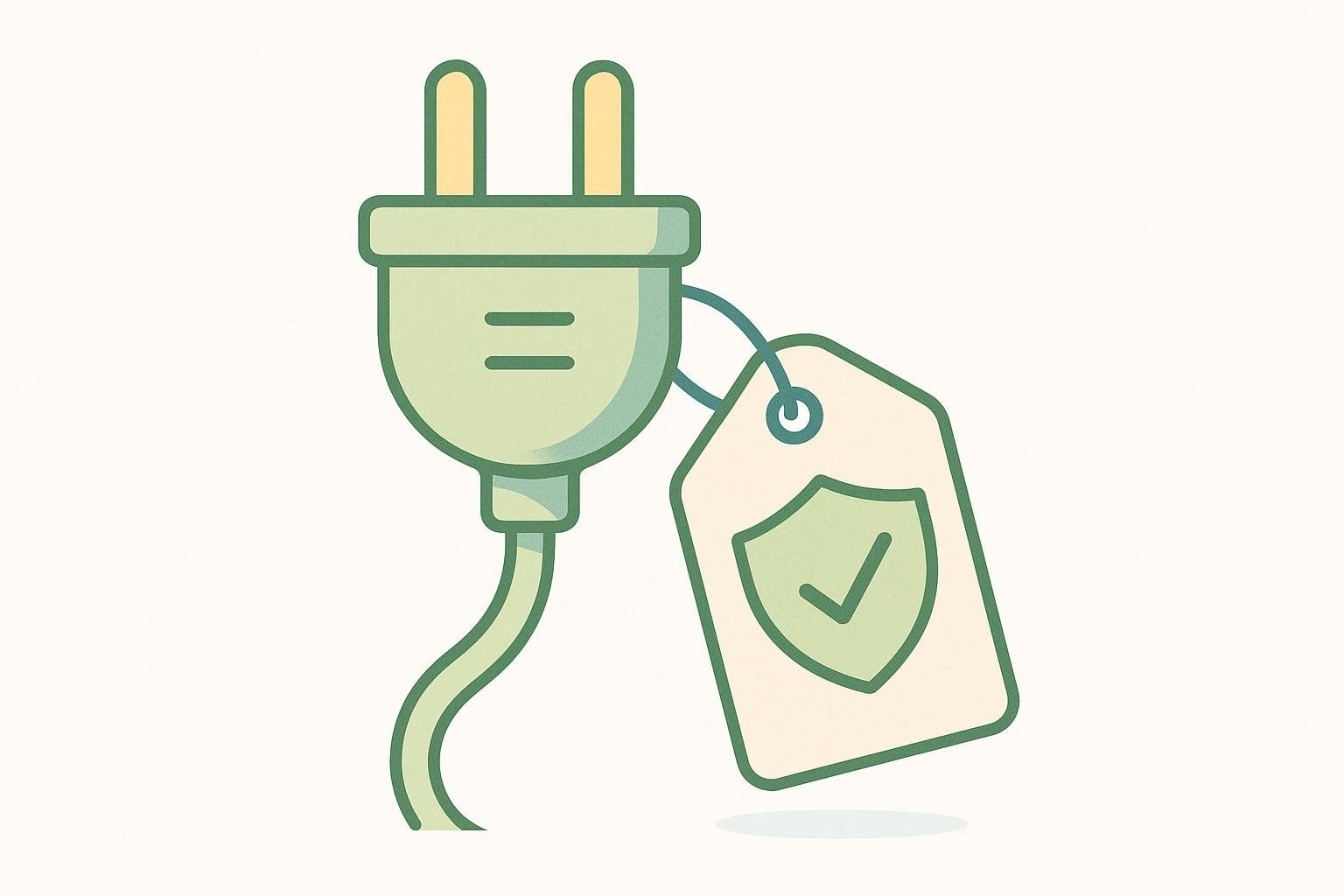
- Heat modality fit: Dry hot‑air vs IR vs steam vs wood‑fired. Match to your tolerance, space, and ventilation options. For a primer on heat types, see Comparing Infrared and Traditional Saunas and Benefits of Infrared Saunas.
- Verified specs: Heater wattage, temperature range measured at seated height, heat‑up time, insulation, and real interior dimensions.
- Electrical & safety: Look for NRTL safety marks (ETL Listed or UL Listed) for North America. The ETL mark means a product was tested to applicable safety standards by Intertek and is accepted by code officials and retailers (Intertek ETL explainer). Use properly grounded outlets and follow manufacturer placement/clearance instructions.
- Materials & build: Heat‑rated fabrics, minimal VOC odor, sturdy frame, stable seating.
- Warranty & returns: At least 1 year on electronics/heaters; clear return policy and support responsiveness.
- Hygiene & cleaning: Removable, washable liners; wipe‑down surfaces; moisture management to prevent mildew.
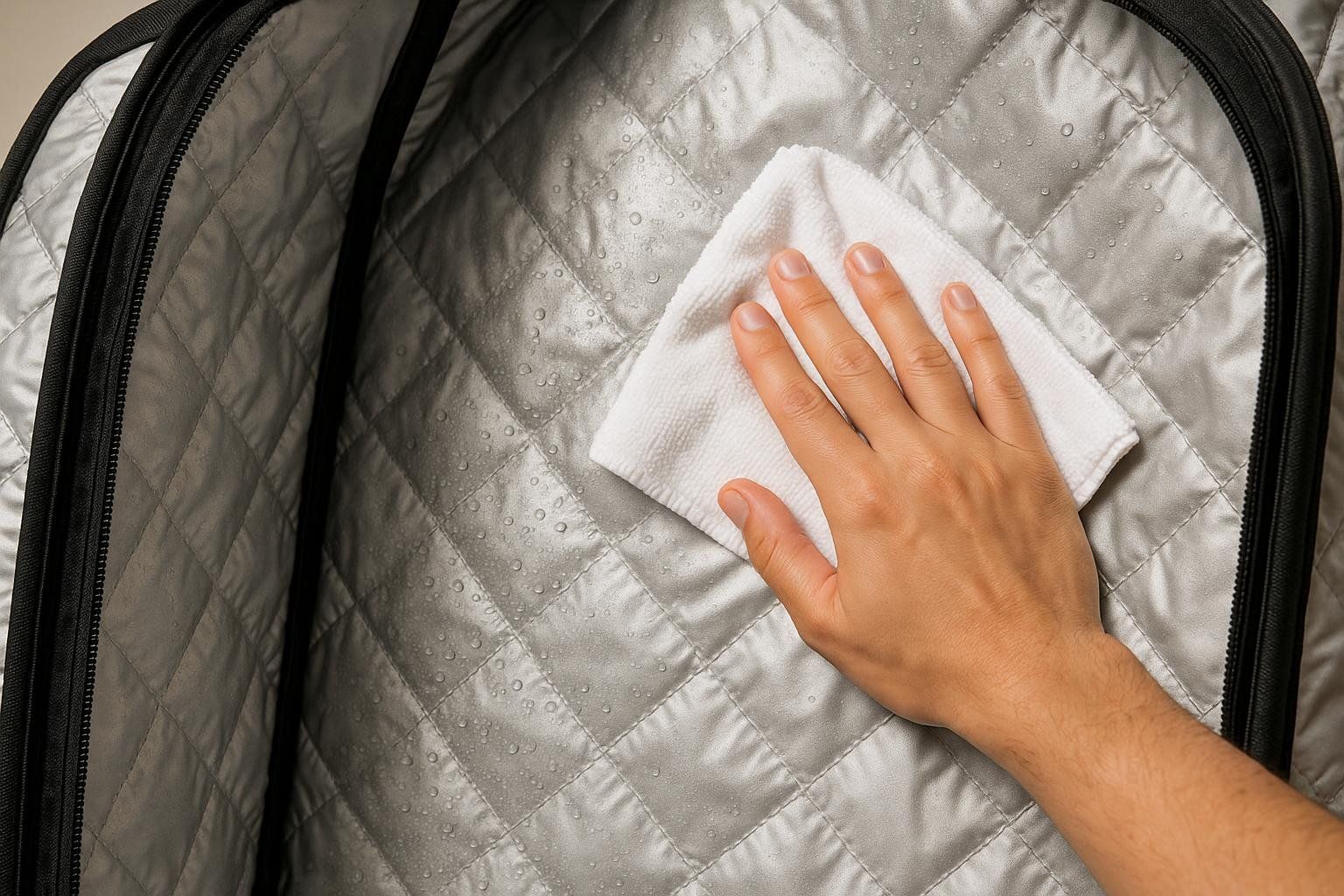
Simple comparison chart
| Pod type | Typical ambient temp | What it feels like | Pros | Cons |
|---|---|---|---|---|
| Dry hot‑air pod/tent | Vendor‑reported up to ~180–185°F in small volumes; varies by insulation | Hot, dry air; fast sweat once heated | Classic “dry heat” feel; simple setup | Achieving/holding high temp can vary; no stones/steam “löyly” |
| Infrared tent/dome/blanket | ~110–135°F ambient (radiant heat warms you) | Gentler air, deep warmth | Lower air temps feel easier; often folds away | Less “traditional” feel; evidence base smaller than Finnish sauna |
| Steam tent | Lower air temp but near‑100% humidity | Feels very hot due to humidity | Relaxing for airways; easy sweat | Damp environment; needs diligent drying/cleaning |
| Wood‑fired sauna tent (outdoor) | Can reach very high temps if insulated | Classic heat; can pour water on rocks (if designed) | Off‑grid; authentic feel | Outdoor‑only; fire and vent safety; local rules apply |
Note: Temperature ranges and experiences above are generalized from facility norms and product roundups; always verify your specific unit’s performance. For facility‑style reference temps and Finnish norms, see the Cleveland Clinic overview and the passive heat & healthspan review.
Conclusion: Choose the Right Heat—and Measure What Matters
A sauna pod can be a convenient way to add heat therapy at home or on the go. Match the modality (dry hot air, infrared, steam, or wood‑fired) to your space, comfort, and safety needs; verify specs and certifications; and follow conservative session times with solid hydration. If your goal is recovery or body‑composition change, confirm progress with objective tools rather than the scale alone. A DEXA body composition scan provides precise measurements of fat mass, lean mass, and visceral fat over time—making it the ideal complement to heat routines. Ready to track real change? Book your BodySpec DEXA scan.
